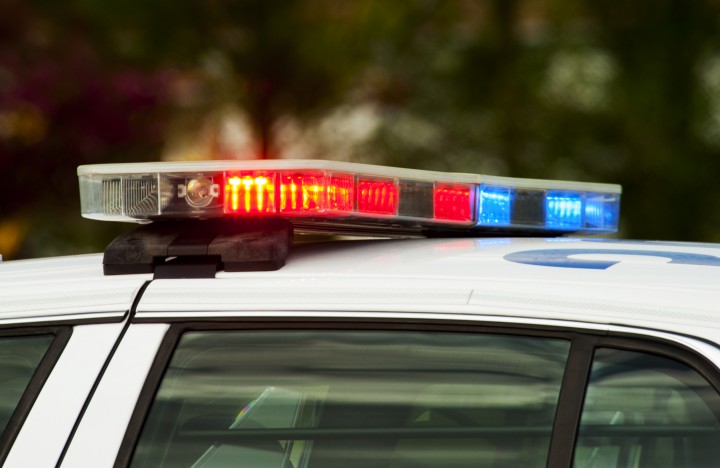TORONTO – Ontario’s highest court has upheld a decision clearing a Toronto police officer of a homicide charge in the shooting death of a man during a drug and weapon search.

Const. David Cavanagh had been charged with second-degree murder, but two lower court judges separately ruled the death of Eric Osawe was accidental.
He was cleared after a preliminary inquiry judge decided there wasn’t enough evidence to commit Cavanagh to trial, but the Crown appealed, asking for him to be tried instead on a manslaughter charge.
The Superior Court last year dismissed that appeal, but the Crown took the case to Ontario’s Appeal Court.
In a ruling released Wednesday it too sided with the preliminary inquiry judge and dismissed the appeal, leaving Cavanagh cleared of the charges.
Cavanagh was part of an Emergency Task Force team that burst into Osawe’s west-end Toronto apartment on Sept. 29, 2010, on a search warrant for cocaine and a handgun.
Osawe, 26, was lying on the bed and when he didn’t immediately get to the floor as ordered, Cavanagh took him to the ground, Superior Court Judge Michael Quigley found last year.
Osawe struggled with several officers as Cavanagh turned him onto his chest, trying to subdue and handcuff him, and Cavanagh’s MP5 submachine gun went off, Quigley wrote in his decision.
Quigley found the shooting was “entirely unintentional and indeed totally accidental.”
- 2 teens charged with murder in case of 16-year-old killed outside Halifax mall
- Green Party deputy leader given jail sentence for Fairy Creek old growth protests
- Cars torched, explosions heard in suspected arson in Montreal neighbourhood
- Gas station clerk stabbed several times during violent attack at Ultramar in Montreal
“Mr. Osawe’s death resulted from a tragic but accidental confluence of circumstances that occurred in a high-pressure and high-risk situation within seconds of the police officers entering his apartment,” Quigley wrote.
After the gun fired, Cavanagh immediately moved away with his arms outstretched and a panicked look on his face, the judge found.
The Crown had argued two scenarios. Cavanagh may have let go of his gun, which was connected to the front of his vest by a sling attached to both shoulders, which meant it pointed downward and discharged after getting caught on another item on Cavanagh’s vest, the Crown said.
That is likely what happened, Quigley found, but letting go of the gun with both hands to help subdue a suspect doesn’t go against police policies, he said.
In the alternative, Cavanagh may have unintentionally pulled the trigger, the Crown argued, but Quigley found no evidence of that.



Comments